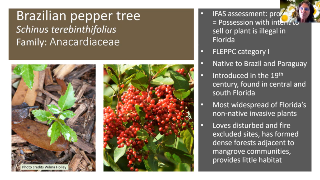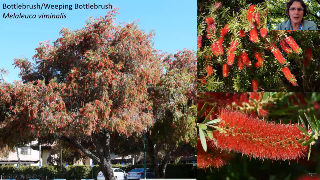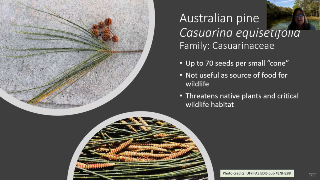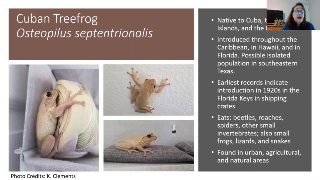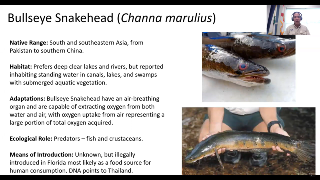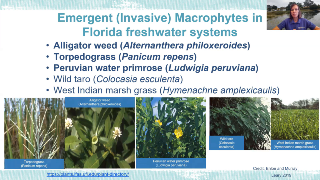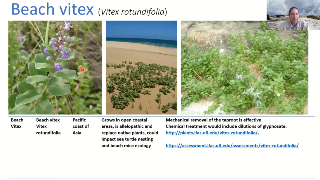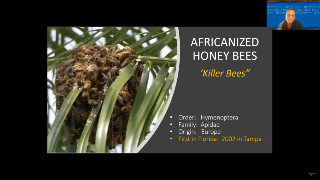![closeup of a cuban tree frog on a wall. [credit: uf/ifas]](/media/sfylifasufledu/sarasota/images/banner1650x470/2017_Comms_T4_natrscCubanFrog_ifas1650x470.jpg)
INVASIVE SPECIES
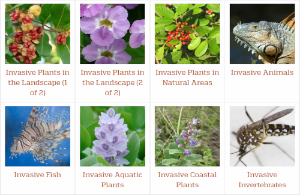
By definition, invasive species are organisms that do not naturally occur in a specified geographic area, have been introduced intentionally or unintentionally by humans, and either do or could harm the environment, economy, or human health. Invasive species threaten Florida's wildlife, crops, natural areas and even people. Native species, in contrast, are those that evolved over time in a specified area. Native species have co-evolved with other organisms in a geographic area, forming a balanced and diverse ecosystem.
Invasive Species Danger
Florida has a unique mix that leaves the state vulnerable to invasive species, with more than 35 international ports of entry and an annual influx of nearly 120 million tourists each year, markets for the non-native animal and nursery trades, and a subtropical climate with elongated growing seasons and few freezes. And the resultant list of invasive species runs accordingly long: from Australian pines to water hyacinth, apple snails to lionfish, Africanized honey bees to pythons, iguanas, tegus and more.
Experts have labeled as invasive 4 percent of plant species found in Florida. Invasive species have a variety of characteristics and adaptations that enable them to successfully establish populations and compete with native species, threatening biodiversity.
Nationally, more than 50,000 non-native plant and animal species have already taken hold in the United States in the last 100 years, according to studies. About one in seven of those species have become invasive, directly or indirectly impacting almost half of the nation’s threatened and endangered species, and with damage and control costs estimated at more than $21 billion annually.
Invasive Plants and Animals of Florida series
Click on an image or title in the photo grid (below) to open that item with a list of on-demand webinars, blogs, and other information for that invasive species topic (or, view all items). Learn about the identification, adaptations, impacts, and controls for these groups of invasives, and how you can help protect Florida's ecosystems. We hope you find this information helpful as you continue to enjoy and preserve our natural resources!
INVASIVE SPECIES
Invasive Plants in the Landscape (Parts 1 and 2)
Invasive Plants in Natural Areas
- UF/IFAS Assessment of Nonnative Plants
- Florida Invasive Species Council Invasive Plant List (formerly FLEPPC list)
- Florida State prohibited Noxious Weeds
- Integrated Management of Non-Native Plants in Natural Areas of Florida
- University of Florida EDIS documents on natural area weeds
- Florida Natural Areas Inventory list of invasive plants
- Nonnative Invasive Plants of Southern Forests: A Field Guide for Identification and Control
- Florida regional CISMAs
Invasive Animals
Invasive Fish
- Florida Fish and Wildlife Conservation Commission (FWC) Florida’s Nonnative Fish and Wildlife
- U. S. Dept of Agriculture (USDA) National Invasive Species Information Center (Fish and Other Aquatic Vertebrates)
- USGS Nonindigenous Aquatic Species website
- Invasive Species in Marine Ecosystems
- Lionfish information
- Facebook video on fileting lionfish with the Collier County Sea Grant agent:
Invasive Aquatic Plants
- Center for Aquatic and Invasive Plants
- U. S. Dept of Agriculture (USDA) National Invasive Species Information Center (Aquatic Plants)
- Florida Department of Agricultural and Consumer Services- Prohibited Aquatic Plant List
- University of Florida EDIS documents on Aquatic Weeds
- Why We Manage Aquatic Invasive Plants
- Efficacy of Herbicide Active Ingredients Against Aquatic Weeds
Invasive Coastal Plants
Invasive Invertebrates
Learn more
General Resources
UF/IFAS
- UF/IFAS Assessment of Nonnative Plants
- University of Florida EDIS documents on invasive species
- Lost in the Weeds?: A Comprehensive Guide to Florida’s Many Non-Native Plant Lists EDIS SS-AGR-436
- UF/IFAS bookstore invasive species guides and resources for purchase
Sarasota County
Florida
- Florida Fish and Wildlife Conservation Commission (FWC) Florida’s Nonnative Fish and Wildlife
- Florida Regional Cooperative Invasive Species Management Areas (CISMAs)
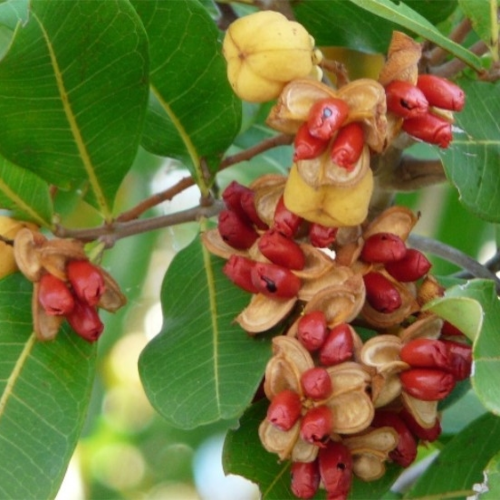 Invasive Plants in the Landscape (1 of 2)
Invasive Plants in the Landscape (1 of 2)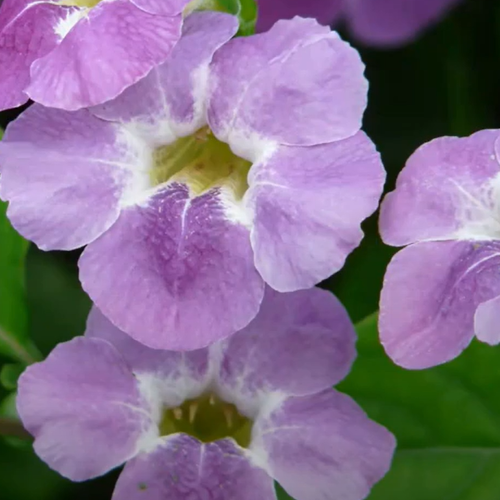 Invasive Plants in the Landscape (2 of 2)
Invasive Plants in the Landscape (2 of 2)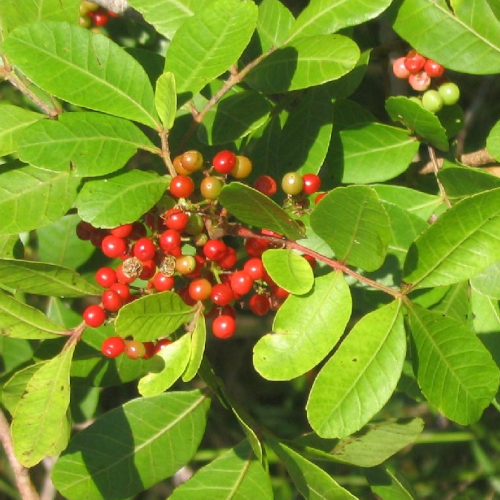 Invasive Plants in Natural Areas
Invasive Plants in Natural Areas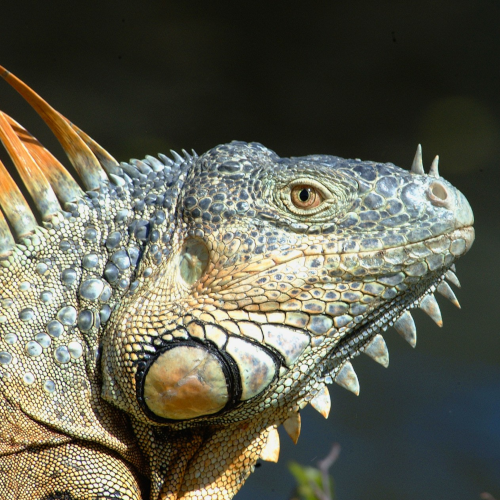 Invasive Animals
Invasive Animals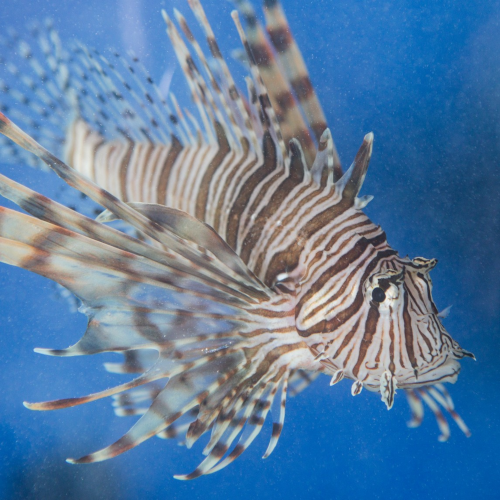 Invasive Fish
Invasive Fish Invasive Aquatic Plants
Invasive Aquatic Plants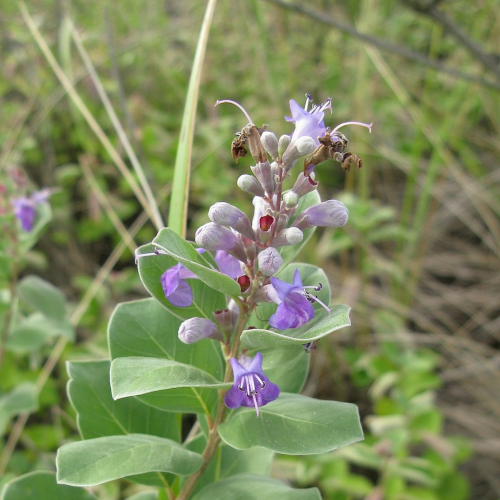 Invasive Coastal Plants
Invasive Coastal Plants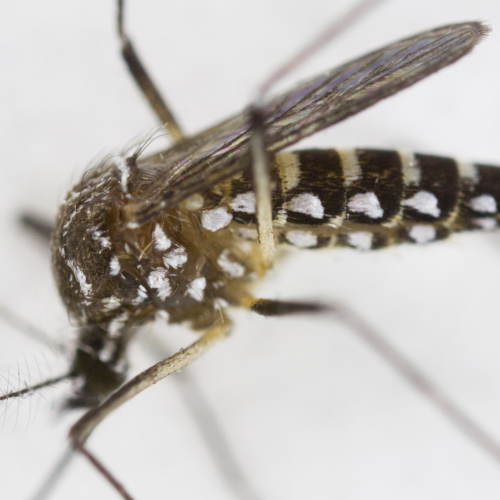 Invasive Invertebrates
Invasive Invertebrates